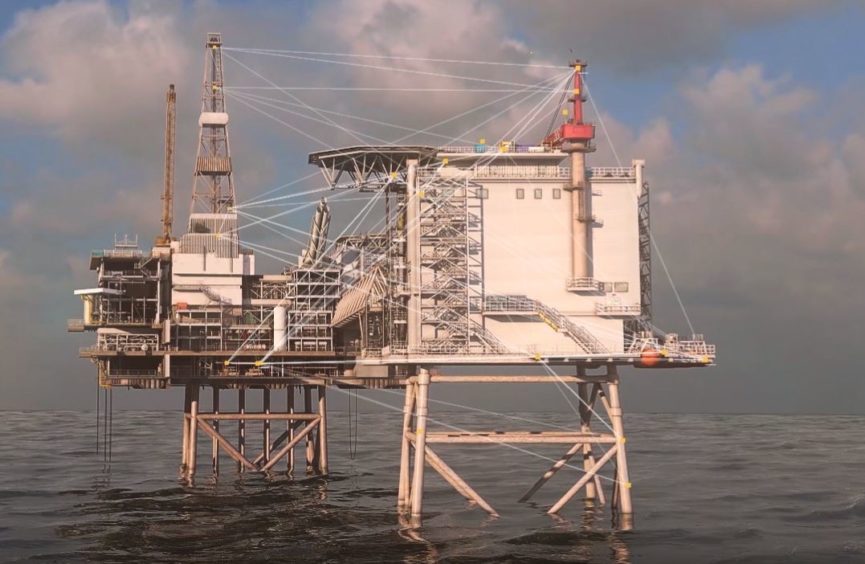
Digital is not a new concept for the oil and gas industry, however, in the last few years we have rapidly grown our understanding of its full potential.
The UK offshore oil and gas industry is harnessing digital tools to inform and shape strategies, while advancements are enabling companies to develop ever more efficient, innovative, and low-carbon operations.
The OGA’s Technology Insights Report 2019 found that in 2018, operators spent £241 million on developing and deploying technologies, an increase of 30 percent since 2016.
Supply chain contribution is considerable, with 65 per cent of technology delivery coming from direct investment by the supply chain. It’s a trend we hope to see continue in both local and international markets.
Over 74 operators have formulated technology plans for their assets and have submitted these to the OGA. These plans show a rich basket of existing technologies, and that common needs in the UK Continental Shelf can be addressed through new technology and exported globally as our understanding develops at pace.
Technology is already helping industry reduce the cost of wells, unlock methods to extract the oil and gas from smaller and more technically challenging accumulations, and deploy new techniques to ensure asset integrity and reduce decommissioning costs.
OGUK also is bringing industry together to facilitate these changes.
Roadmap 2035, industry’s blueprint for net-zero, highlights the need to drive technology and innovation.
It includes support for OGTC’s work on emissions reduction, energy system integration, and Offshore Energy 4.0, which together is accelerating our industry’s transition to an affordable, net-zero future.
Delivery of their technology programme will create exciting new roles in remote operations, change management, data analytics and robotics, automation and more.
In June last year, we also launched the UKCS Data and Digital Maturity Survey to assess the the extent of this change across the sector.
Findings revealed there is a strong appetite to ensure technology is matured to improve the sector’s connectivity, efficiency, and sustainability – while highlighting the need to promote collaborative working if these changes are to become a reality.
For the 60 per cent of organisations that had a digital transformation programme in place, many of these programmes are less than three years old, showing that the journey is only recently underway for most, and accessible to all.
But digital transformation requires a rounded approach that also encompasses data, innovation, people, and – most importantly – working practice and culture, and we recognise we are not quite there yet.
There is still a long way to go in terms of building trust, communication, and collaboration to ensure that moving forward, the transaction of knowledge and digital advancement becomes automatic.
Seizing the opportunity to connect processes, products and people via technology will help safeguard our competitiveness, enabling us to meet as much of the UK’s oil and gas needs from home-produced resources and expand supply chain opportunities in the future.
If we make progress now, it will help our fragile supply chain survive current challenges, supporting our continued diversification into different industry and external sectors, and contribute to a low carbon future.
What is clear from the Digital Maturity survey is that key to making that transformational change a reality is industry’s willingness to embrace change.
With that benchmark established, we are optimistic about how far industry will have progressed when the results of the next digital maturity survey are revealed, expected in 2022.
Recommended for you

 © Supplied by Oil and Gas UK
© Supplied by Oil and Gas UK